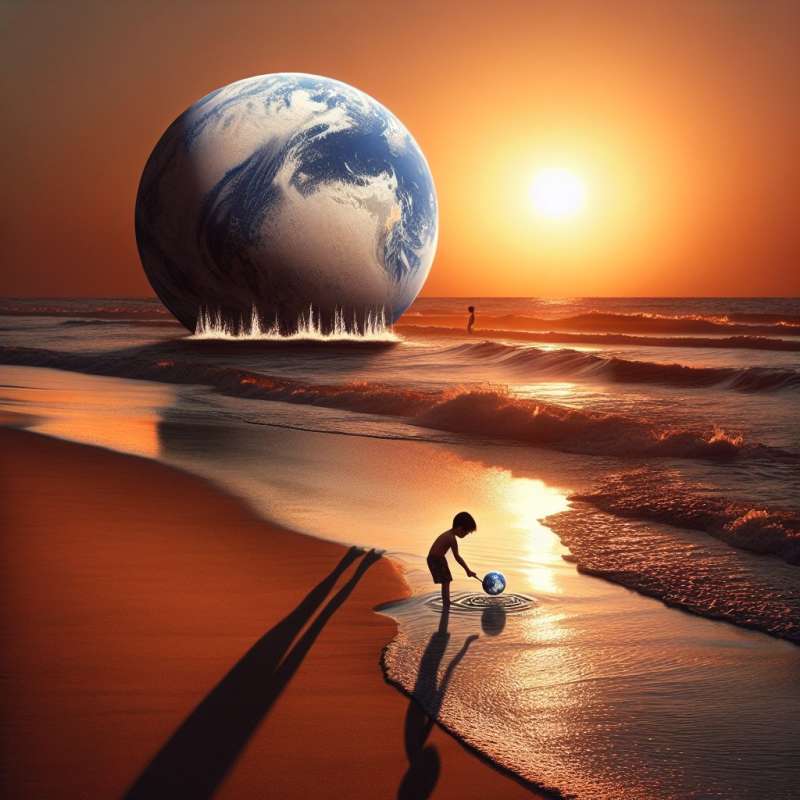
Tidal Forces Explained
Tidal forces are the result of the gravitational pull of the moon and sun on Earth's oceans. They create bulges in the water, leading to high and low tides as Earth rotates.
Spring and Neap Tides
Spring tides, with higher highs and lower lows, occur during new and full moons. Neap tides, with less extreme differences, happen during the first and third quarters of the moon's phase.
Coastal Erosion Dynamics
Tidal forces contribute to coastal erosion by moving vast amounts of water forcefully, shaping shorelines through processes like hydraulic action, abrasion, and attrition.
Tidal Bore Phenomenon
A tidal bore is a rare surge where a rising tide flows upstream in a narrow river, against the current. Famous examples include the Qiantang River in China and the Amazon in Brazil.
Formation of Tidal Pools
Tidal pools, rich in biodiverse ecosystems, are formed in rocky coastal crevices and ledges left exposed by receding tides, trapping sea creatures and water.
Impact on Marine Navigation
Tidal forces affect marine navigation significantly. Knowledge of tidal ebb and flow is crucial for safe passage planning, especially near coastlines, in estuaries, and in harbors.
Tidal Energy Potential
Tidal forces are a predictable and renewable energy source. Tidal energy converters, like barrages and underwater turbines, can harness this power, offering a sustainable alternative to fossil fuels.Moonquakes From Tidal Forces
Tidal forces from Earth's gravity cause moonquakes, similar to earthquakes, on the moon's surface. These can last up to an hour!
What causes tidal forces?
Wind over oceans
Moon and sun gravity
Earth's rotational speed
Company